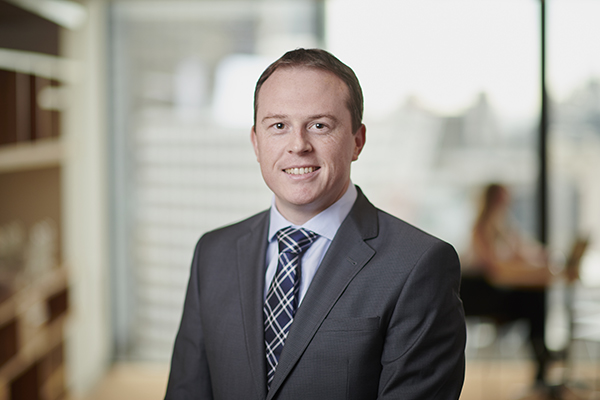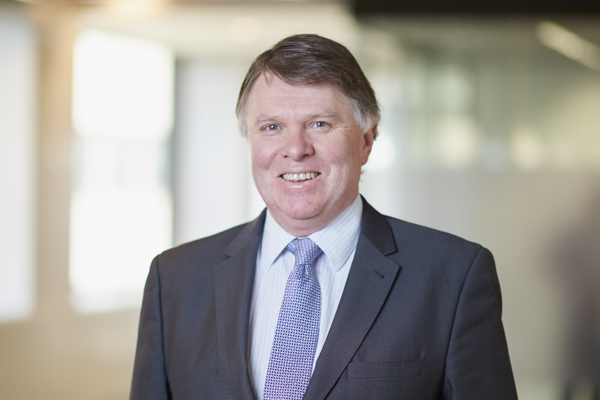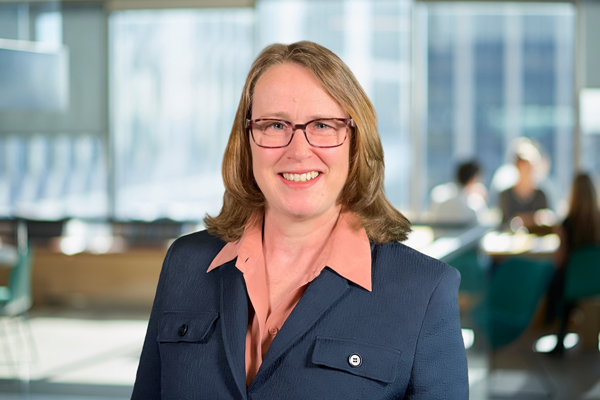Last year the Australian Energy Market Operator (AEMO) and the Clean Energy Council (CEC) established the Connections Reform Initiative (CRI). This is a collaborative process involving personnel from over 40 industry organisations volunteering their time to identify solutions to overcome systemic issues that exist in the grid connection process.
Over 100 potential reforms were identified as part of the collaborative process. From this, the CRI Working Group chose 11 reforms which it recommended be subject of further detailed exploration or direct implementation.
Shortly prior to Christmas, the Connections Reform Roadmap was issued by the CRI, capturing the output of the work undertaken during the collaborative process, and providing direction and a program for the implementation of the chosen reforms.
While some reforms are already underway (including reforms regarding retrofitting battery energy storage systems behind existing generation), exploration and implementation of the remainder will be subject to:
- finalisation of a mechanism to fund the work to undertake the reforms (participants in the process unanimously supported a proposed fee being levied on developers of future projects applying for connection on a fixed per MW basis); and
- detailed planning and scheduling.
Below we discuss some key aspects of the proposed reforms and how those aspects may impact risks in the connection process, which can ultimately lead to disputes between project participants.
Overview of reforms
The proposed reforms concern:
- network access;
- information and modelling;
- proposed 'batching' mechanisms;
- investment certainty;
- potential reforms to the process for introducing BESS (battery storage) in an existing generation system; and
- processes for changes and updates to AEMO guidelines.
They seek to achieve a more efficient and predictable connections process, whether by:
- allowing for the connections process to be achieved more quickly;
- increasing the efficiency of the connections process, including by reducing or eliminating re-work by applicants; and / or
- lowering the cost of connection.
A number of the reforms also seek to improve grid hosting capacity and system strength.
Confidentiality and information sharing
Throughout the connection process and after connection has been achieved, National Electricity Market (NEM) participants are dependent on a dynamic model of the broader interconnected grid in order to perform the various studies and investigations required under the National Electricity Rules (NER).
This allows participants to, among other things, study potential interactions between their plant and other plants on the grid.
Such a model can involve or incorporate intellectual property of other plant owners and technology suppliers, and so there are limitations on provision of the full complement of information regarding the broader grid and / or wide-area network models to participants. For example, the Connection Reforms Roadmap states that:
- while existing and intending participants can request PSSE dynamic model information from AEMO, 'the information provided is limited to that necessary for study purposes…, and model codes … are supplied only in compiled or encrypted form'; and
- 'wide-area EMT studies to demonstrate or investigate system performance cannot currently be undertaken by NEM participants'.
This tension between the technical need for sufficiently detailed dynamic system models and intellectual property sensitivity can lead to information asymmetry, delays and increased cost in the grid connection process. It can also give rise to disputes down the contractual chain including over delays, additional works, additional costs and intellectual property.
A number of the proposed reforms either:
- seek to address, directly or indirectly, aspects of this tension (e.g. proposed reforms 1.1, 2.1, 2.3, 2.4 and 6.1); or
- would rely on this tension being addressed (e.g. proposed reform 3.1).
Batching
The rapid development of grid-scale solar and wind generation has led to the need to develop sequenced processes for grid connections in locations with low system strength (such as the West Murray Zone in Victoria and New South Wales). The introduction of renewable energy zones (REZ) in New South Wales will also likely lead to increased concurrent development of renewable energy projects and their connections (the recent registration of interest process for New South Wales' South-West REZ was 13 times oversubscribed).
The current approach of evaluating projects individually has been recognised as posing risks to obtaining approval where assessment is subject to other projects becoming committed during the assessment phase. Parties are also experiencing extensive re-work, particularly in weaker parts of the grid where commitment of other projects and retirements impact an applicant's ability to meet performance standards.
The proposed reform would see an approaching of a batching process run four times a year (with up to 10 projects per batch) to allow focussing of efforts on all proposed generators on the network, concurrently. The batching reform will require rule changes to deal with the proposed batching process, and will require collaboration between applicants in terms of sharing of project information to enable joint impact assessments.
Post-revenue implications
Under the NER there are limited express mechanisms which empower a network service provider (NSP) / AEMO to adjust the requirements of a generator post-registration. In the Connections Reform Roadmap, the CRI identified two potential issues with this limitation, being:
- the inability of AEMO to conditionally approve a registration application (i.e. approve registration subject to terms and conditions); and
- uncertainty around whether an NSP / AEMO can involve existing generators in collective retuning to increase system strength.
Reform 6.4 proposes to allow AEMO to make R1 GPS capability determination subject to terms and conditions. The perceived benefit of introducing conditional registration is to allow AEMO to register a generator, with non-material design and construction issues to be addressed during the R2 testing phase. A more flexible approach to generator registration may circumvent delays to the R1 assessment process due to minor issues. However, the introduction of conditions may increase risk in the R2 commissioning process.
Reform 6.5 proposes to expressly allow a NSP / AEMO to request a setting change from existing generators for system strength. Currently, new entrants bear the risk of ensuring system strength, which can cause significant delays to registration and commissioning. Involving existing generators in collective retuning appears to be a sensible step to maintain system strength. However, a number of points need to be addressed before such a reform is introduced including how often collective retuning can be undertaken and which party is to bear the costs of the collective retuning work.
Potential impacts of the proposed reforms on approaches to delivering future new energy projects
The CRI has described its vision for the reformed connections process to involve a 'collaborative working model between industry, AEMO and the NSPs'.
Currently it is typical for a new energy project to be delivered under a 'turnkey' style contract, where a developer (with financing) engages a head contractor to deliver a completed project, connected to the grid and generating and exporting electricity.
The NER (and the Connections Reform Roadmap) refer to and recognise 'NEM participants', being (in the context of getting a new project seeking connection to the grid) the developer / ultimate project owner – not the head contractor, who is typically carrying out the work to deliver the constructed, connected and exporting project.
It may be that, if ultimately implemented and realised, this hoped-for 'collaborative working model' as well as a number of the more technical reforms (such as information sharing and investment certainty) will lead to a shift in the way future energy projects are delivered. This could be in the adoption of alternative contracting arrangements, adjustments to the allocation of risk between participants or changes in the way project participants, AEMO and the NSPs interface.








